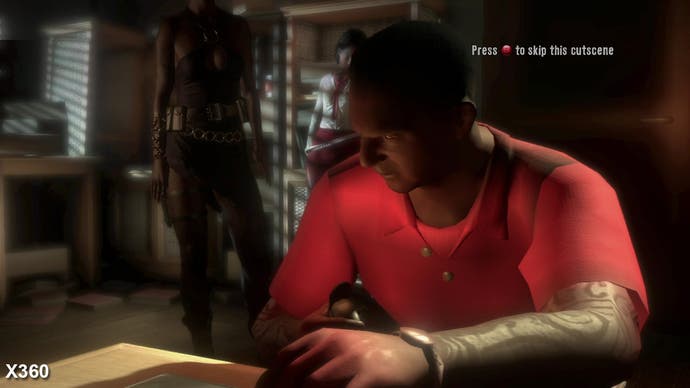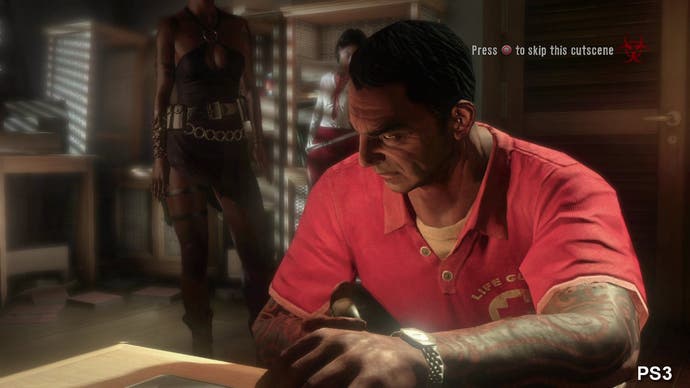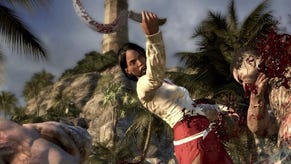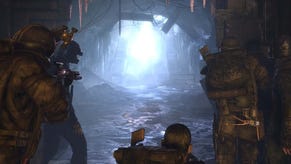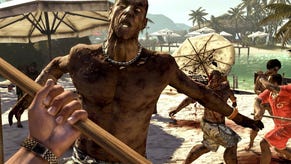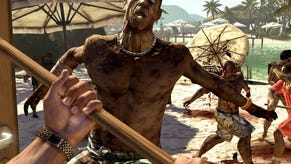Face-Off: Dead Island
On the slab.
| - | Xbox 360 | PlayStation 3 |
|---|---|---|
| Disc Size | 3.4GB | 3.41GB |
| Install | 3.4GB (optional) | - |
| Surround Support | Dolby Digital | Dolby Digital, DTS, 5.1LPCM, 7.1LPCM |
First announced in 2006, it's taken some five years for Dead Island to arrive, and the end result is an ambitious, open-world first-person action title that borrows many elements from other games - most notably, Dead Rising, Borderlands and Left 4 Dead - while still trying to carve out an identity of its own.
The game is nothing like the memorable trailer; non-playable characters serve to give you quests rather than provide any emotional attachment, while most of the suspense is provided by chance encounters with respawning zombies rather than carefully directed scares. The focus throughout is one of co-operative play, with the missions and progression system tailored for this purpose. Up to four players can tackle the campaign, fending off the infected population while performing a range of standard-issue fetch quests, among other diversions. The overall feeling you get from the game is that Dead Island is an uneasy mix of game styles that's being marketed as an emotionally gripping horror romp on a lavish, sun-drenched island.
While the gameplay and thin storyline might disappoint those expecting something different, much care and attention has been devoted to the creation of the game's setting: the island of Banoi. Here the technology powering the game - Techland's in-house Chrome Engine 5 - showcases exactly what it is capable of: huge, detailed vistas boasting a high level of intricate environmental detail.
The technology seems like a good fit for the game, although there are a few limitations which prevent it from fully realising Techland's vision. Given the huge level of detail on offer, the engine can only render six or seven characters on screen at once without an impact on the smoothness of the action, giving the distinct feeling that the player has missed the most interesting and exciting events that have taken place on the island. There are also a few streaming issues which result in a fair amount of object pop-up, and from a performance and image quality standpoint, screen-tear is a real problem.
It's interesting to note that many of these issues are present in all three releases - PC, PS3 and 360 - hinting that while some platform-specific optimisations have taken place, not all of these have been deployed without some significant side-effects, borne out by some of the differences we see between the three games. As per the norm we kick off with head-to-head video of the Xbox 360 and PlayStation 3 games, backed up by a Dead Island triple-format 720p comparison gallery.
Dead Island features a similar core rendering set-up to Call Of Juarez: The Cartel. A native 720p framebuffer is present on the PS3, while on the 360 we see the use of a lower 1200x720 resolution instead. Anti-aliasing is provided by a custom post-process solution, which is implemented on both console versions of the game.
In terms of the basic comparison, there really isn't much difference between the two platforms at all. We get the impression that the 360 version is a little softer, but this has very little impact on the overall look of the game. Other factors, such as the way the artwork is displayed when viewed from a distance and the gamma set-up of each console, do have an effect. For example, while we find that texture detail is basically identical on both, the PS3 has a clear filtering advantage, which does lead to a crisper-looking image - fine details are easily visible much further away from the camera than they are on the 360.
Gamma differences lead to colours looking a little more vibrant on the Microsoft platform, but at the expense of slight crushing of shadow details in dark areas - on a calibrated display these are clearly better handled on the PS3. This is a common occurrence on many games, and in this case can only be solved by both adjustment of the in-game gamma option and the equivalent settings on your HDTV.
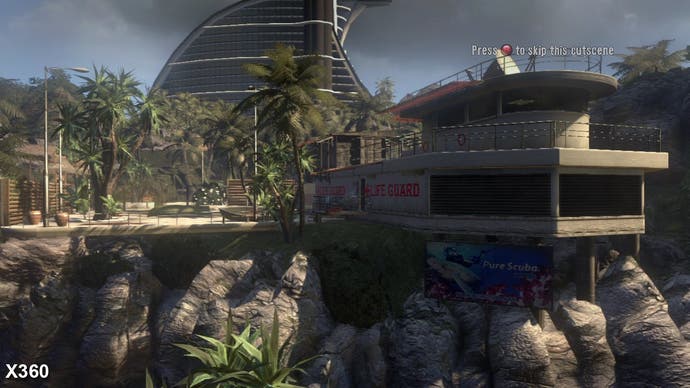
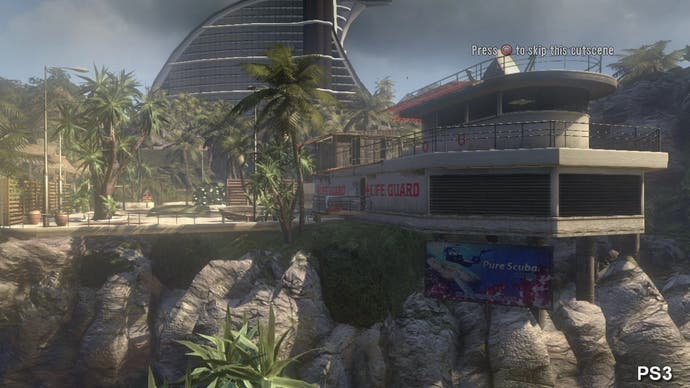
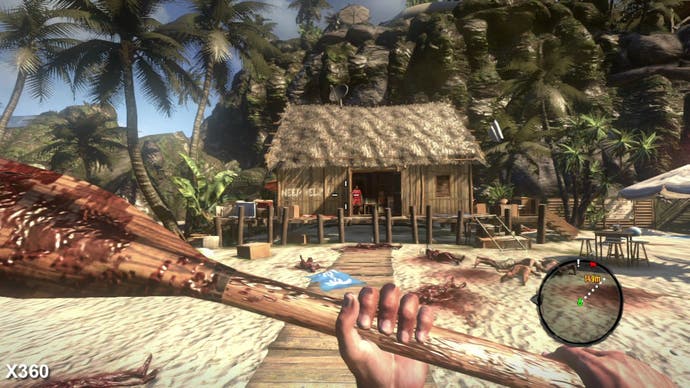

Techland's post-process edge-smoothing solution also affects image quality on both formats to some degree as it attempts to smooth over geometry edges - there is some texture blur and general edge softness. The technique seems to fare quite well on large, chunky structures which feature less in the way of sub-pixel details. But on the more intricately detailed parts of the environment - fences, railings, foliage and trees - it does very little in dealing with edge shimmering and there are a fair amount of jaggies.
Outside of the small differences in resolution and image quality, there's very little to separate the two versions of Dead Island in terms of the graphical make-up of the game. The PS3 code features a slightly more intense motion blur implementation, while the gamma difference emphasises some of the game's post-processing effects - a good example of this is the Thug zombie in the first cut-scene situated at the Lifeguard station.
Interestingly, we see a curious situation with regards to the game's streaming system on the 360. As with many recent releases, Dead Island uses the streaming of art assets to maximise the level of detail on offer while making the most efficient use of the limited resources available on both consoles - there's simply no point in having all of the art in memory when a large amount of it won't even be displayed on screen at the same time, nor is this possible given the hardware limitations of both consoles.
